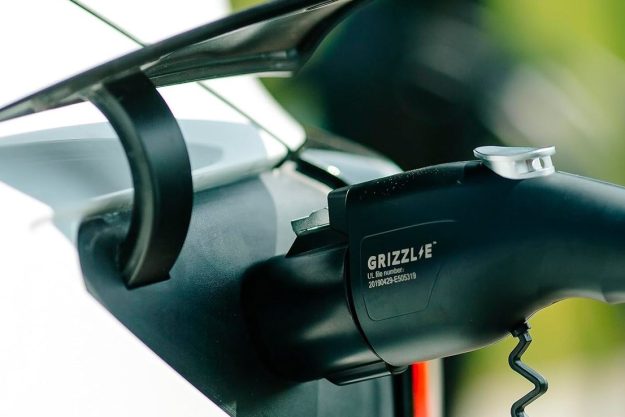 June 28 was National Insurance Day, something you may not have been aware of. You may also not think that your choice of web browser affects your car insurance rate, but online insurance agency CoverHound begs to differ.
June 28 was National Insurance Day, something you may not have been aware of. You may also not think that your choice of web browser affects your car insurance rate, but online insurance agency CoverHound begs to differ.
CoverHound deals with several insurance companies to offer side-by-side rate comparisons, but it decided to flip the script and compare something almost as exciting as insurance: it’s users’ choice of web browser.
It found that, on average, Firefox users pay $608 for six months of car insurance, Chrome users pay $731, and Internet Explorer and Safari users pay the same: $750.
CoverHound attributes the difference to demographics, saying that Firefox users tend to be in their mid-30s, better educated, and more likely to be married and to own their own homes. All of these factors apparently make Firefox users more appreciative of a good deal.
The average age of Firefox users surveyed was 35, putting them in between Internet Explorer (38), and the dueling Google and Apple browsers, which both averaged out to 32.
Firefox users were also more likely (12 percent) to have a Graduate or Doctoral Degree than any other web surfers, with Internet Explorer trailing at four percent.
Home ownership rates were 25.7 percent for Firefox, 22 percent for Safari, 20 percent for Internet Explorer, and 18 percent for Chrome.
Thirty percent of Firefox users surveyed are married, compared to 28 percent of Safari users, 25 percent of Chrome users, and 22 percent of Internet Explorer users.
Not bad for a browser with the same name as a Clint Eastwood movie featuring a thought-controlled Soviet fighter plane, but does success in life inexorably lead to savvier consumerism, or are people with mortgages, children, and student loan debt just more desperate for a deal?


